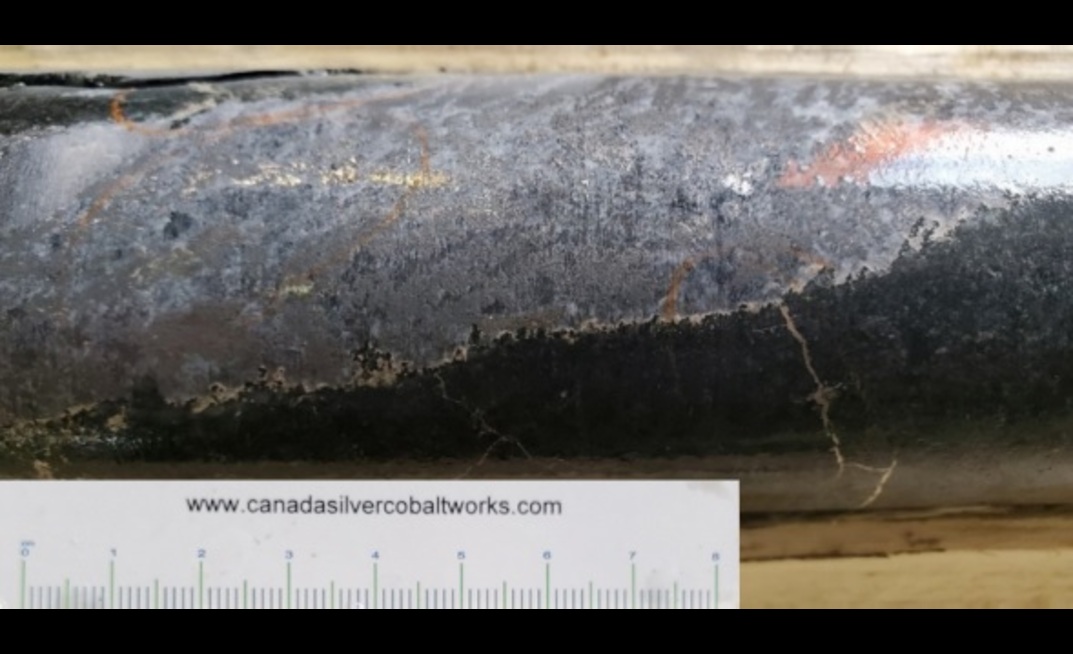It believes the intercept at Castle East belongs to a new vein structure, independent from both the Robinson Zone and the Big Silver vein.
A second hole returned 0.38m at 7,328.4g/t silver from 230m, which the company said was the closest high-grade intercept to surface, and 0.42m at 1,883.21g/t from 421m.
"These three intercepts provide us with two newly discovered, high-grade vein systems," president and COO Matt Halliday said.
Castle East is 1.5km from the former Castle mine, which is said to have produced 9.5 million ounces of silver and 300,000 pounds of cobalt.
The company had announced what it described as the "first ever resource in the Gowganda camp and greater Cobalt camp" in May last year following a small, 3,000m drilling campaign.
Its initial resource for the Castle East Robinson Zone was 32,900 tonnes grading 7,325g/t silver-equivalent for 7.75Moz Ag-eq, with sections 1A and 1B containing 27,400t at 8,582g/t silver or 250.2oz/t for 7.56Moz silver.
Canada Silver Cobalt Works has now completed 40,000m of a 60,000m programme.
The company said the latest results pointed to the potential for a "significant" resource expansion, while the 230m result confirmed the existence of shallower silver mineralisation and expanded the property's silver potential, given it occurred within Archean lithologies not the younger Nipissing diabase where the company's other notable veins were located.
"As a further proof of concept, both the Beaver mine and Temiskaming mine had significant production both above and below the Nipissing diabase intrusion," it said.
The company had changed name from Canada Cobalt Works last year.
It raised C$2 million in June at 47c per flow-through unit and 51c per Quebec flow-through unit.
Its shares (TSXV: CCW) are trading near a one-year low, closing up 3.1% to C33c to value it at $42.2 million (US$33.7 million).


























